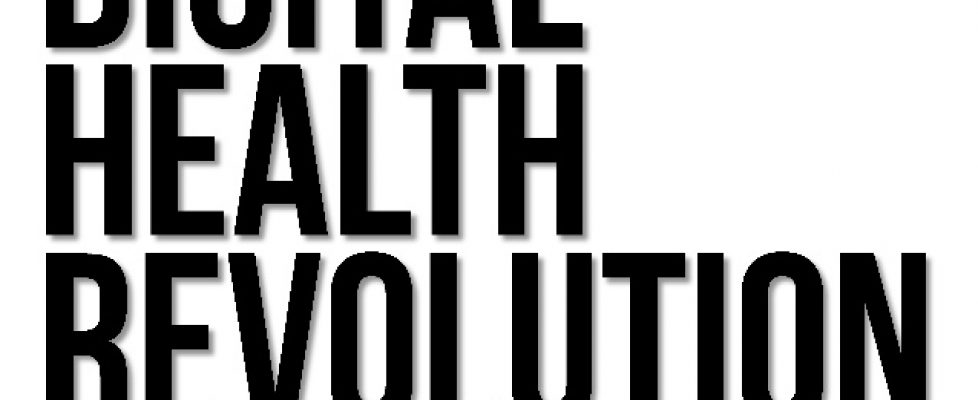Remote Monitoring, Proactive Care and the Promise of Digital Health
Real time access to vital signs, improving outcomes for chronic care patients and the shift of our health system to a value-based model…. YES, it’s time to embrace telehealth.
By The Goldman Sachs report referenced in the first part of this series mentions that remote patient monitoring (RPM) enables healthcare providers to better manage high risk patients, potentially decreasing healthcare spending through better chronic disease management. Further, the report notes that most chronic disease spending can be attributed to heart disease, asthma and diabetes -disease states that represent the most fertile ground for digital health.
This is one of the most promising – and limitless – opportunities in healthcare today. Current RPM devices allow us to monitor CHF patients from home, providing a real-time assessment of their heart health and decreasing their risk of readmission. In the case of an asthmatic patient, RPM devices can monitor a patient’s respiratory health and provide notifications when factors such as local air quality put them at risk for an exacerbation. For diabetic patients, RPM can measure continuous blood glucose levels and help provide a level of glucose control that was previously unachievable.
The future of RPM involves combining these tools and the patient’s entire health history with streaming analytics and clinical decision support tools that can detect when a patient’s physiologic parameters are trending outside the normal range, and send a notification to the patient and potentially the care team when appropriate. As a result, we are able to predict and track diseases before they become acute – and potentially even prevent them from ever happening. In essence, we will be able to shift the management paradigm from reactive care to proactive care, which is mission critical in an environment where caregivers are scarce.
Ultimately, clinicians want to provide the best care possible and make a positive impact on our patients’ quality of life. The digital healthcare revolution is helping us achieve that goal, improving the way we practice and provide medical care, streamlining our clinical workflow and helping us to make the vast number of patient data sources relevant and actionable. The old ways of doing business are no longer acceptable. The new financial and regulatory models won’t allow for it – and ultimately, the patients won’t stand for it.
The digital healthcare revolution has arrived.

